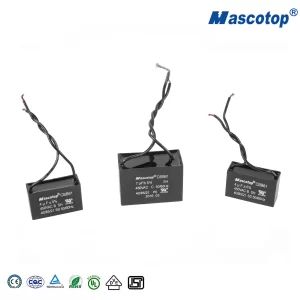
Capacitors are one of the most widely used passive electronic components in the world. They store electrical energy and are commonly used in electronic circuits to filter out noise, stabilize voltage, and store charge. In recent years, the demand for smaller and more efficient capacitors has increased due to the growing need for miniaturization in electronic devices. This has led to the development of new capacitor technologies, which are impacting product design and functionality.

Table of Contents
ToggleSurface mount technology (SMT) is a popular method used to miniaturize capacitors. SMT involves mounting the capacitor directly onto the surface of the printed circuit board (PCB), rather than through holes, which allows for a smaller overall size. SMT capacitors are available in a range of sizes, from 0201 (0.02 x 0.01 inches) to 1210 (0.12 x 0.10 inches), with a capacitance range of picoFarads (pF) to microFarads (µF). The smaller sizes of SMT capacitors have enabled the miniaturization of electronic devices, making them smaller, lighter, and more portable.
Organic polymer capacitors (OPCs) are a newer type of capacitor technology that has gained popularity in recent years due to their high capacitance density, low equivalent series resistance (ESR), and low equivalent series inductance (ESL). OPCs are made from conductive polymer materials, which allows for a higher capacitance density than other types of capacitors. They also have a lower ESR and ESL, which improves their performance in high-frequency applications. OPCs are typically surface mountable and are available in a range of sizes and capacitance values.
Tantalum capacitors are another type of capacitor that has been miniaturized in recent years. Tantalum capacitors are known for their high capacitance density and low ESR, making them ideal for applications that require high capacitance values in a small size. Tantalum capacitors are available in both through-hole and surface mountable packages, with sizes ranging from 0402 (0.04 x 0.02 inches) to 7343 (0.73 x 0.43 inches). Tantalum capacitors are commonly used in mobile devices, portable electronics, and automotive applications.
The miniaturization of capacitors has had a significant impact on product design and functionality. Smaller capacitors have enabled the development of smaller and more portable electronic devices, such as smartphones, tablets, and wearable technology. The increased capacitance density and improved performance of newer capacitor technologies, such as OPCs, have also improved the functionality and performance of electronic devices. However, the miniaturization of capacitors has also presented challenges in product design, such as the need for higher precision and more complex manufacturing processes to accommodate smaller components.